Chichén Itzá is one of Mexico’s most iconic wonders—a UNESCO World Heritage Site that draws thousands of visitors daily with its towering pyramids, rich history, and mysterious architecture. Alongside the ancient ruins, the nearby cenotes and the charming colonial town of Valladolid make for a perfect day trip from Playa del Carmen.
We originally booked a group tour to see it all, expecting convenience and a well-organized day. But after a 14-hour experience filled with long waits, rushed visits, and sales pitches, we wished we’d gone on our own instead.
If you want to savour this incredible region without the hassle, don’t make the same mistake we did. Skip the group tours and explore independently—here’s how.
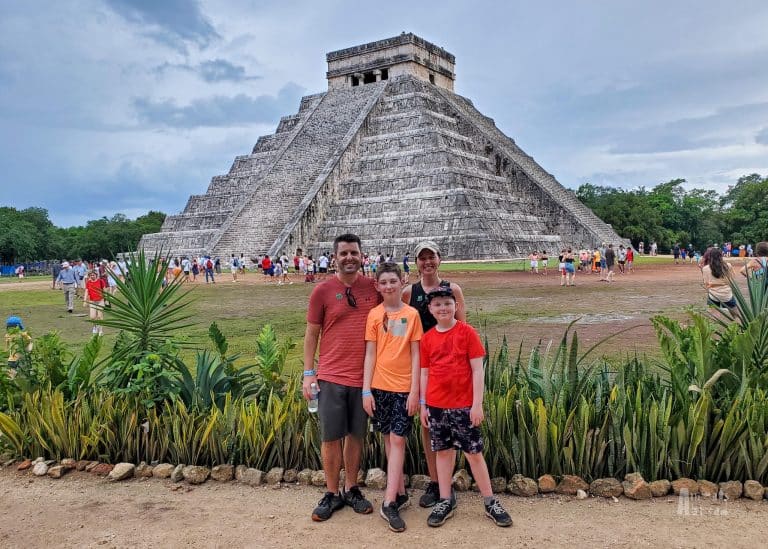
Why Skip the Tour and Go Solo?
While group tours promise ease, they often come with rigid schedules, unexpected delays, and stops that feel more like sales events than sightseeing. On our tour, only about 3.5 hours of the 14 were spent enjoying the highlights—Chichén Itzá, Valladolid, and a cenote. The rest was lost to shuffling between meeting points, waiting in lines, and rushed stops where we barely scratched the surface of these incredible places.
Going on your own means freedom: you set your pace, choose what interests you most, and avoid unnecessary stops. It also allows you to arrive early to beat the crowds, linger longer at your favourite spots, and discover hidden gems often overlooked by tour groups.
Follow these tips to build your own day trip to Chichén Itzá, Valladolid, and the surrounding cenotes.
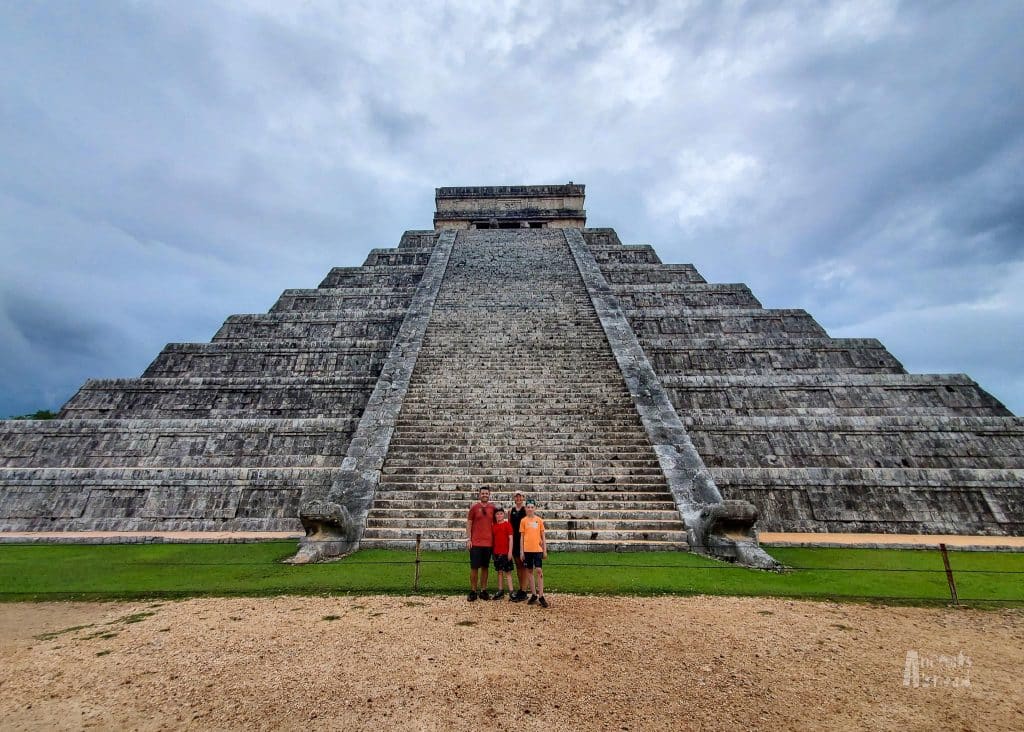
Tips on Exploring Chichén Itzá
Hit the Road Early: It’s a two-hour drive to Chichén Itzá from Playa del Carmen. Depending on when the car rental place opens, you may want to consider picking up a car the night before so you can hit the road early.
Arrive for Opening: The archaeological site opens at 8:00 a.m., and bus tours typically start arriving around 10:00 a.m. Arriving early means cooler temperatures, quieter paths, and a more peaceful experience.
Purchase Tickets Online: You can purchase tickets online or at the entrance, but wait times may vary depending on the time.
Hire a Guide: Consider a private tour or audio guide, especially if you’re unfamiliar with the complex’s history. Our group tour included a one-hour guided tour of the Great North Platform. He was engaging, funny, and incredibly knowledgeable. The boys were captivated, asked great questions, and genuinely enjoyed learning about the ancient Mayan civilization.
Pack Snacks: Skip the overpriced restaurants at the Chichén Itzá restaurant and head to Valladolid for lunch.
Sun Protection & Hydration: There is limited shade at the complex, so be sure to wear sunscreen and a hat, and drink plenty of water. Even the mid-morning sun can be intense.
Wear Comfortable Shoes: With such a vast layout, you’ll surely get your steps in for the day!
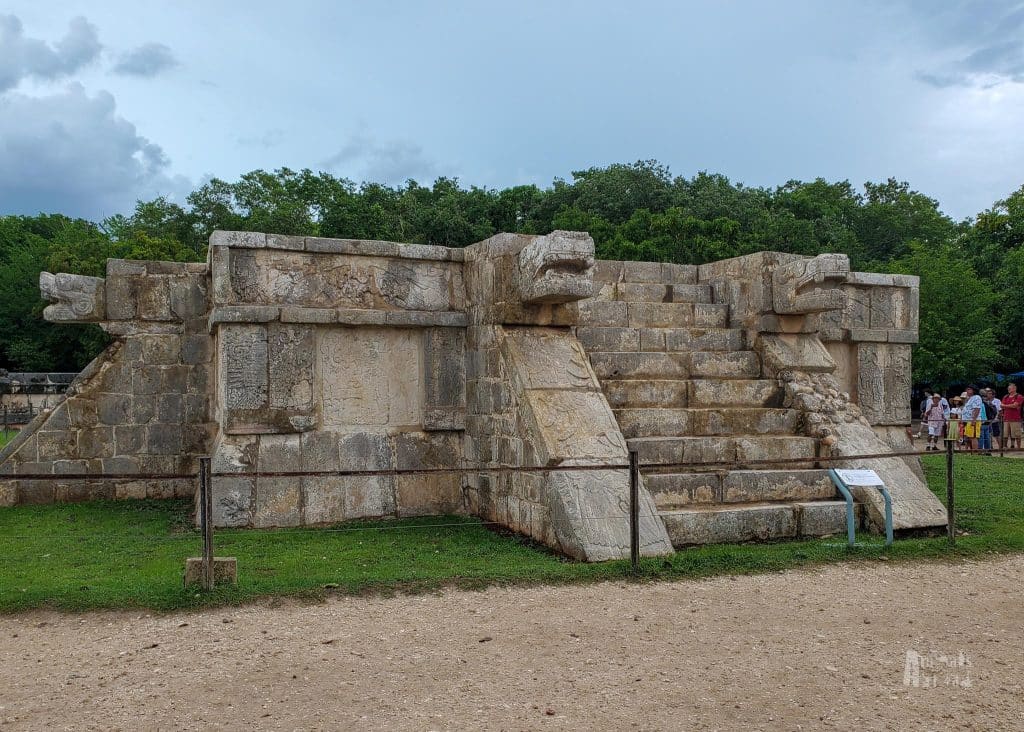
Planning Your Route Around Chichén Itzá
Considered one of the New Seven Wonders of the World, the Chichén Itzá dates back to 600 A.D. and spans over 10 square kilometres (4 square miles). The well-preserved archeological complex consists of several clusters of ruins. To make the most of your visit and avoid crowds, see the most popular structures first — such as El Castillo and the Great Ball Court — before the tour buses roll in mid-morning. Afterward, loop back to explore some of the lesser-visited areas at a more relaxed pace.
Allow three to four hours to comfortably explore the entire complex. Begin at El Castillo (Temple of Kukulkan), then move clockwise around the complex to see some of the more significant structures.
El Castillo (Temple of Kukulkan)
The iconic step pyramid and symbol of Chichén Itzá. Discover the astronomical significance and the serpent shadow phenomenon that occurs during the equinoxes. Take a moment to walk around and photograph El Castillo from various angles.
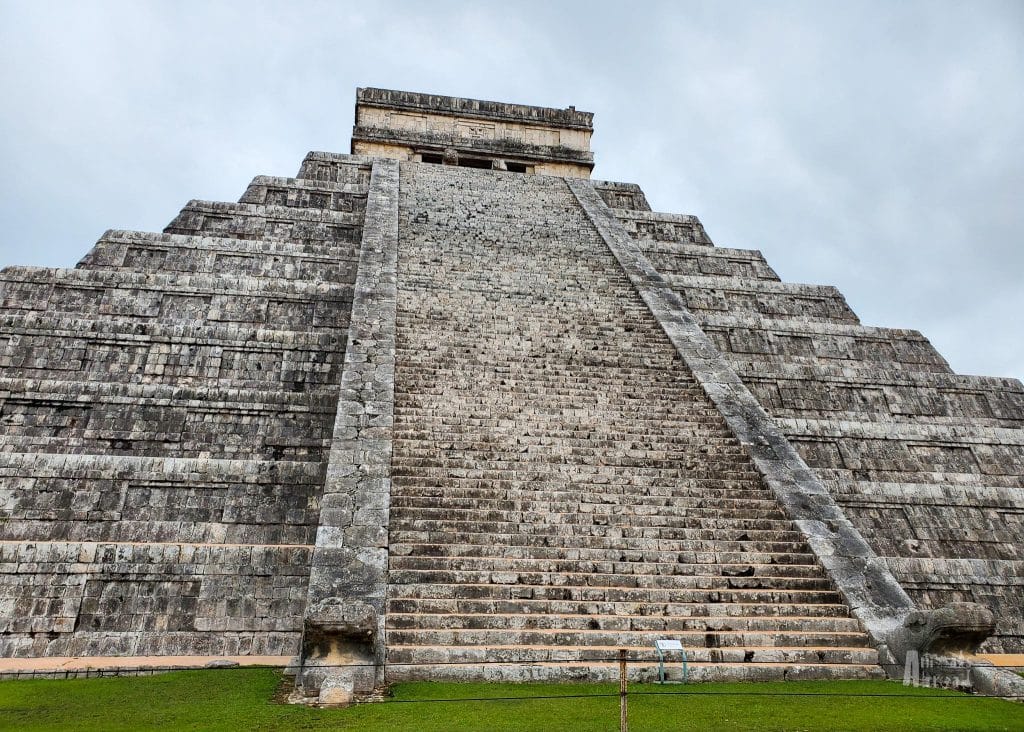
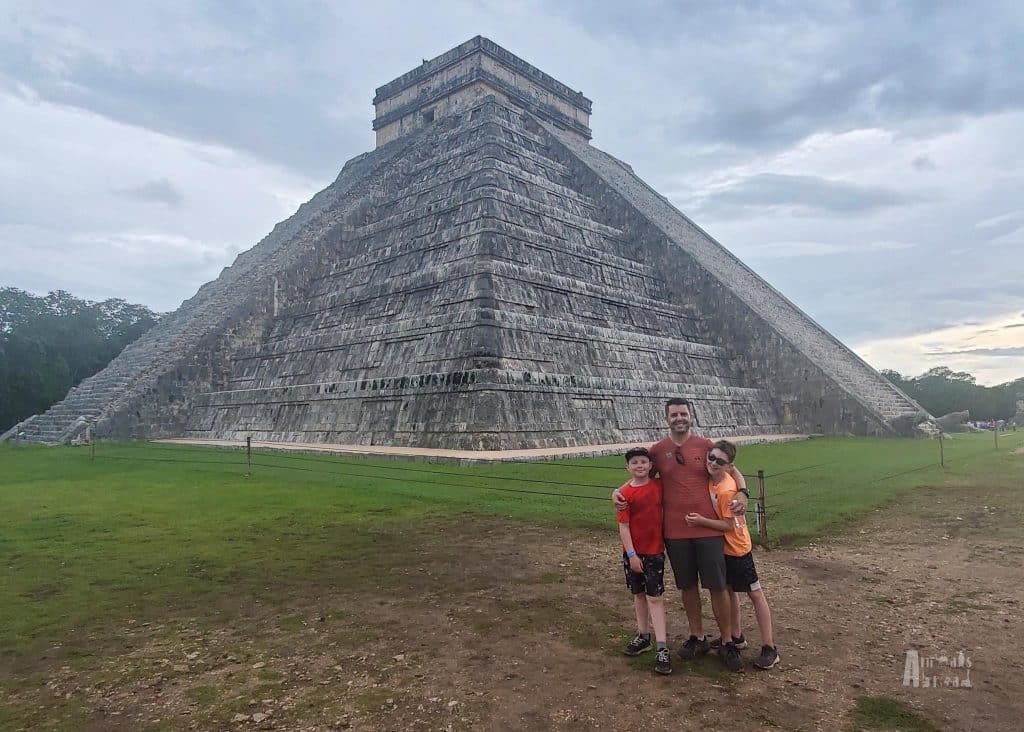
Great Ball Court
The largest and best-preserved ancient ball court. Discover the ceremonial and sporting importance of the game played here.

Temple of the Warriors
Notable for its rows of carved columns and impressive facade.
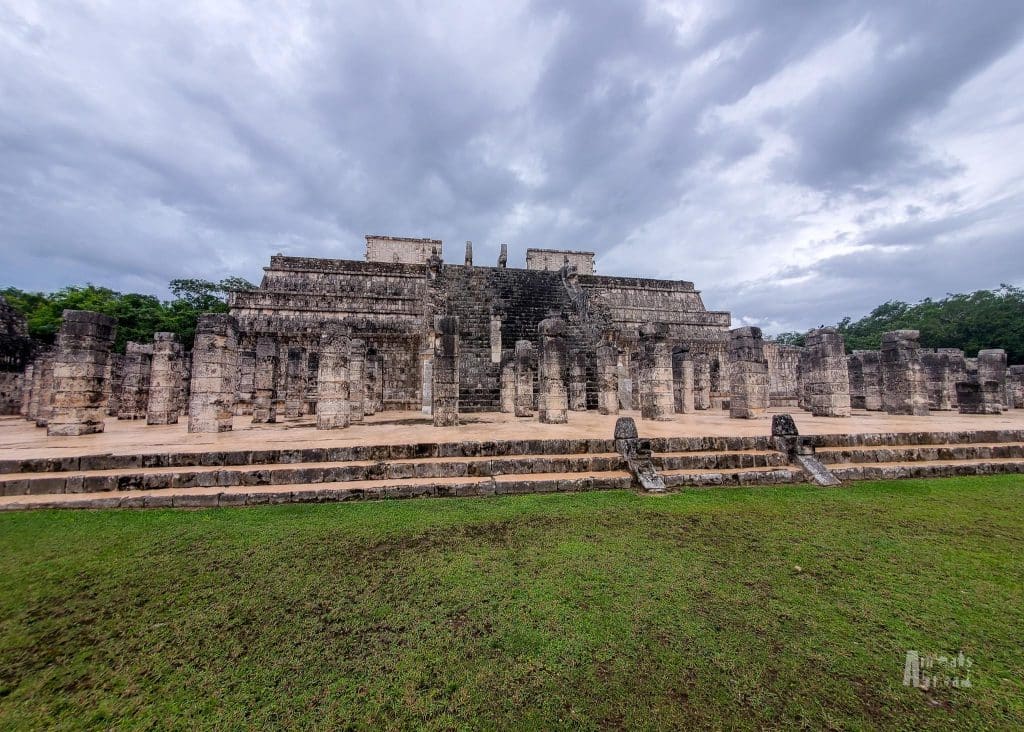
Group of the Thousand Columns
A vast area filled with columns that once supported large, roofed buildings, impressive in scale and detail.
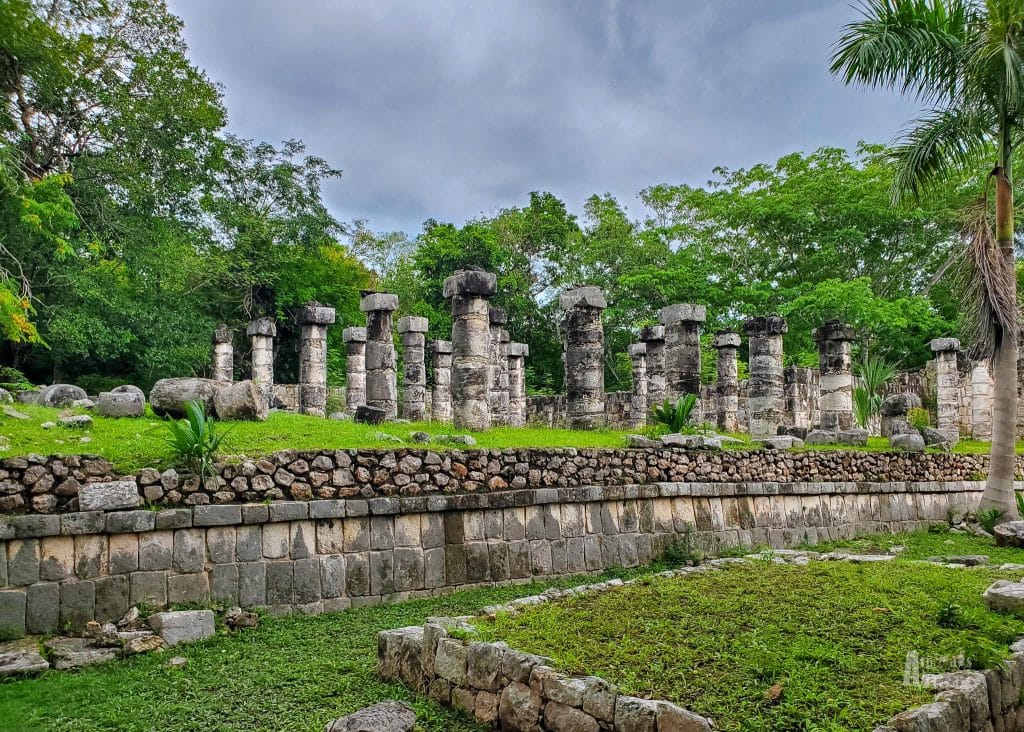
Wander Lesser-Known Ruins and Buildings
If time permitting, explore smaller temples, altars, and sculptures scattered throughout the site. These areas offer a quieter experience away from the main crowds.
• Platform of the Skulls (Tzompantli): A gruesome reminder of the role of human sacrifice in Mayan culture.
• Observatory (El Caracol): An round building thought to have been used for astronomical observations.
End with the Sacred Cenote: A natural sinkhole for religious ceremonies and offerings. You can view it from the edge (swimming is not allowed here), imagining its spiritual importance.
Visiting Valladolid
About 45 minutes from the ruins, you’ll discover Valladolid, a colourful, charming colonial town that balances history, culture, and local life. Spending time here independently means you get to soak in the atmosphere without the pressure of a tight schedule.
Here’s how to make the most of your visit.
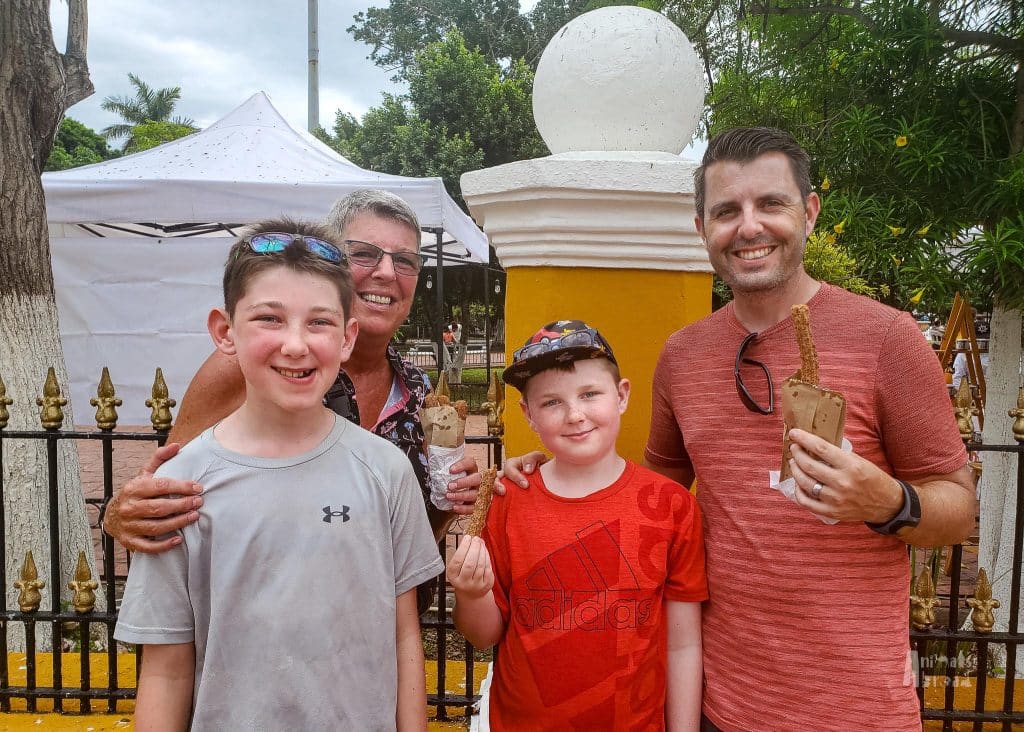
Fun Things To Do in Valladolid
Stroll the Central Square: Start at Parque Principal Francisco Cantón Rosado, the heart of Valladolid. Surrounded by historic pastel-coloured buildings, cafés, and street vendors, it’s a lively place to relax, people-watch, and enjoy local life.
Visit the Cathedral of San Gervasio: Located just off the main square, this beautiful 16th-century cathedral is a peaceful spot steeped in history and well worth a quick visit.
Indulge in Local Eats: Valladolid’s food scene is a highlight. Try authentic Yucatecan dishes, such as cochinita pibil (slow-roasted pork), at local markets or casual eateries. Don’t miss the roadside churro stand for a sweet treat.
Check Out the Chocolate Museum: The Casa de los Venados hosts a small chocolate museum that’s fun for kids and adults alike, offering insights into the region’s cacao history.
Browse Artisan Markets: Local artisans sell handmade crafts, textiles, and souvenirs in and around the town centre. It’s a great spot to pick up meaningful gifts without feeling rushed.
Take Your Time: Unlike a tour’s quick stop (we had just 30 minutes here), enjoy at least a couple of hours here to absorb Valladolid’s vibe. Grab a café table and watch the world go by.
Soak in a Cenote
Spend your afternoon soaking your feet and swimming in a relaxing cenote.
What is a Cenote? Cenotes are natural sinkholes formed when limestone bedrock collapses, exposing the underground water beneath. These stunning freshwater pools are unique to the Yucatán Peninsula in Mexico and have been created over thousands of years.
Cenotes can take many forms — some are open-air pools, others are semi-open with partial cave ceilings, and some are entirely underground, accessible only through narrow rock openings. The water is usually crystal clear, filtered through the earth, and refreshingly cool — perfect for a swim after a trip to the ruins.
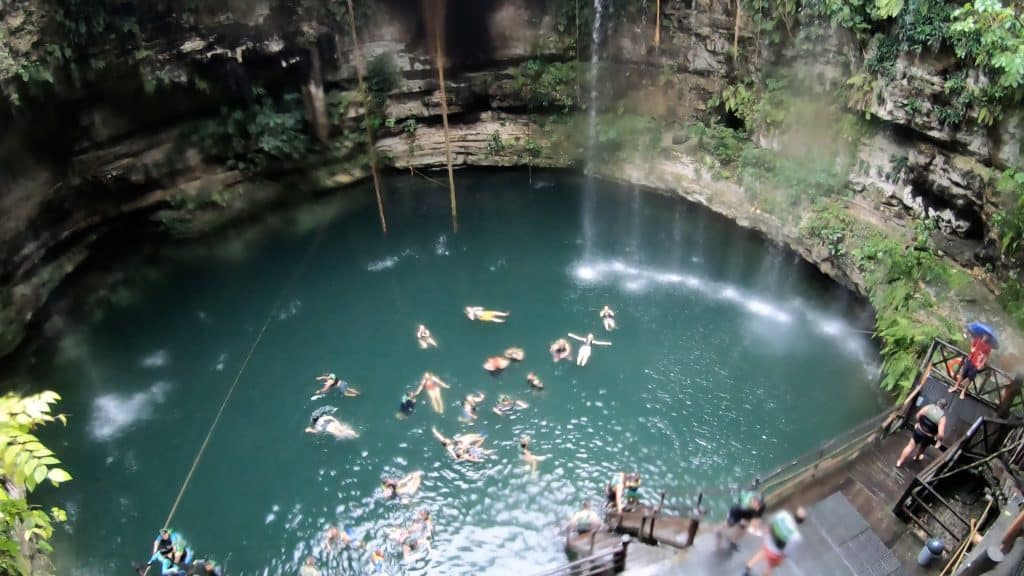
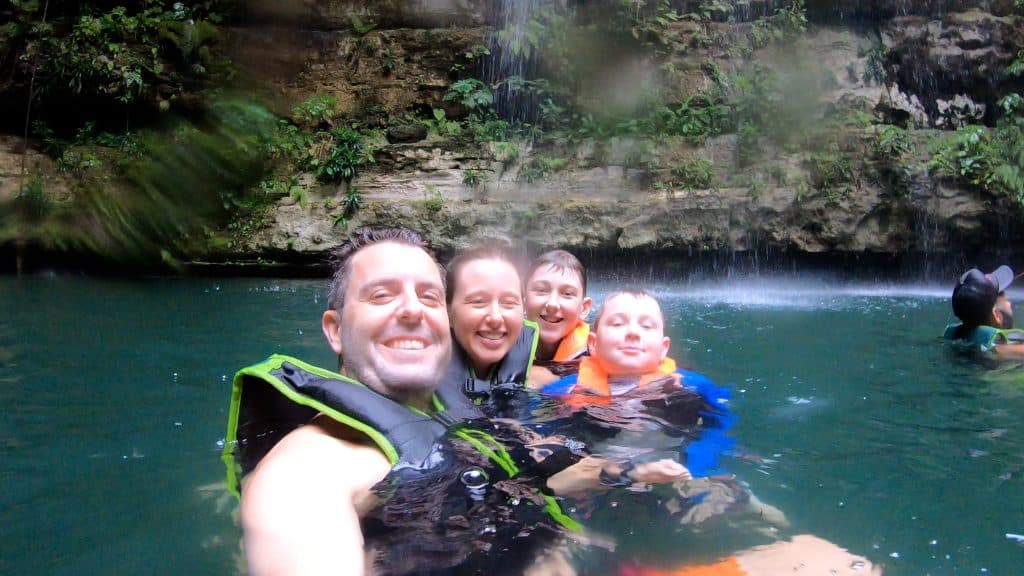
Cenotes Near Chichén Itzá & Valladolid
After exploring the ruins at Chichén Itzá, cool off with a swim in one of the nearby cenotes. Many are located just a short drive from the ruins or from the colonial town of Valladolid, making them easy to combine into your day.
Family-Friendly Picks
Cenote Saamal: Located just outside the city, this large, open-air cenote features a beautiful waterfall and is adjacent to a restaurant and hacienda. Often, a stop for tour groups, this cenote can be crowded later in the day.
Cenote San Lorenzo Oxman: A semi-underground cenote with hanging roots, a rope swing, and a casual vibe.
Cenotes X’keken & Samulá: Located next to each other in a cave system. X’keken is more enclosed and dramatic; Samulá has a large opening with light beams streaming in. Both are great for kids who like the feeling of exploring a hidden world.
Cenote Suytun: Instagram-famous for its sunbeam platform photo, but less ideal for swimming (shallow and often crowded).
Tip: Some cenotes require life jackets (available for rent), and many accept cash only. Bring towels and water shoes.
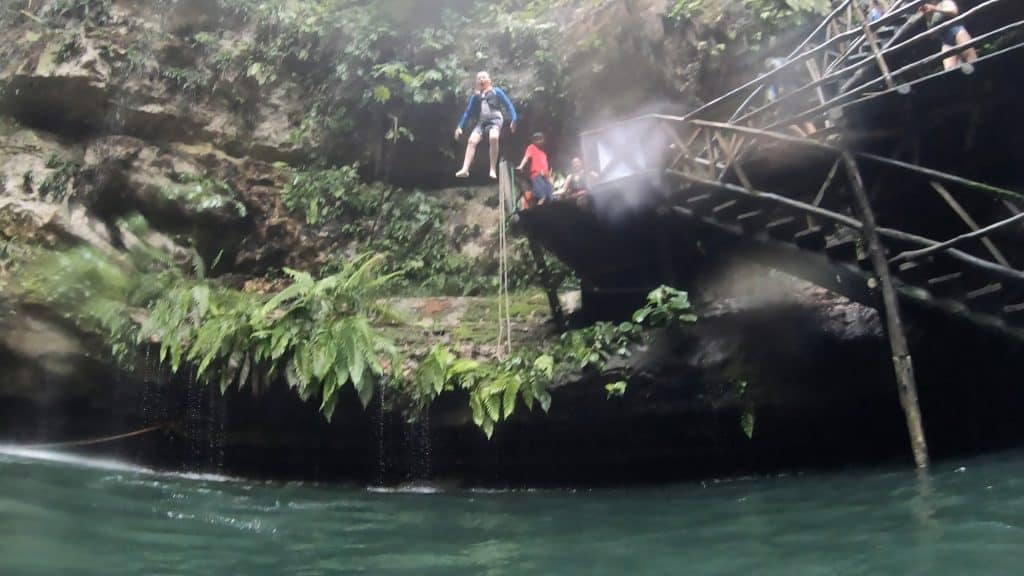
Our Do-Over: Visiting Mayan Ruins on Our Own
A few days later, after our Chichén Itzá tour, we rented a car, visited the Cobá and Tulum ruins, and returned to Valladolid independently, and it was a completely different experience. No rushed schedules, no pressure, no waiting. If we could do Chichén Itzá over again, we’d 100% go on our own.
Learn More: Exploring the Mayan Ruins of the Yucatan Peninsula: Tulum and Cobá
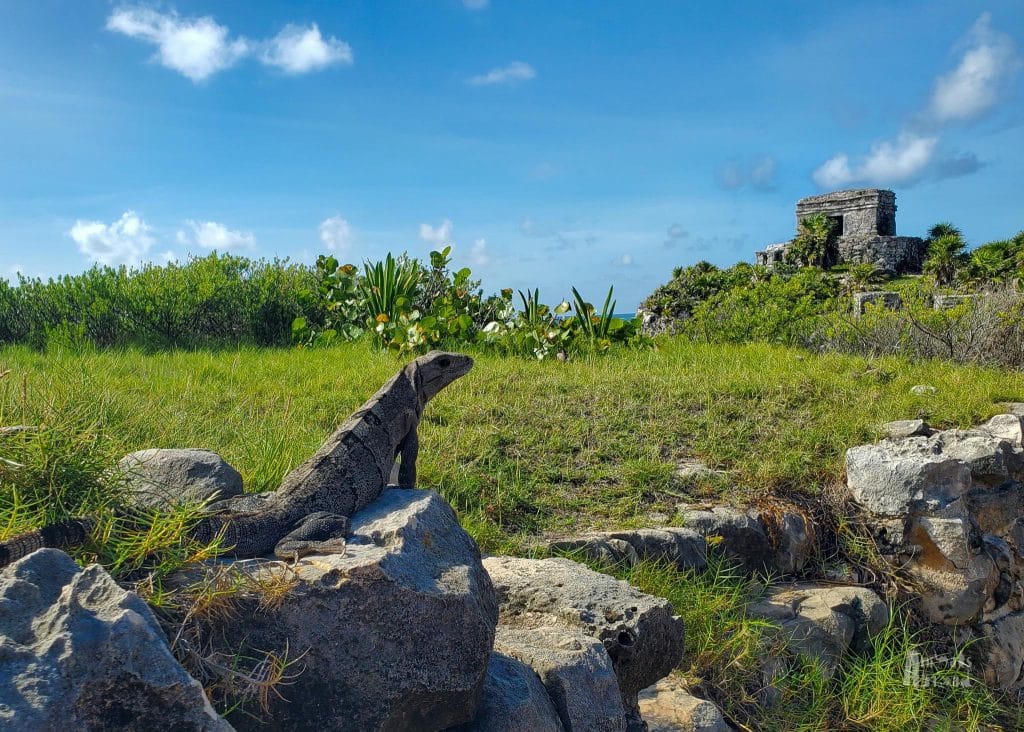
Go It Alone
If you’re visiting the Yucatán Peninsula, Chichén Itzá is worth the trip—but how you get there can make or break the experience. While group tours promise convenience, they often limit the time at the places you want to explore.
Renting a car and planning your own day gives you the freedom to arrive early, beat the crowds, and explore the ruins and surrounding areas at your own pace. With a bit of planning, an independent day trip to Chichén Itzá can be far more rewarding—and memorable—for the entire family.
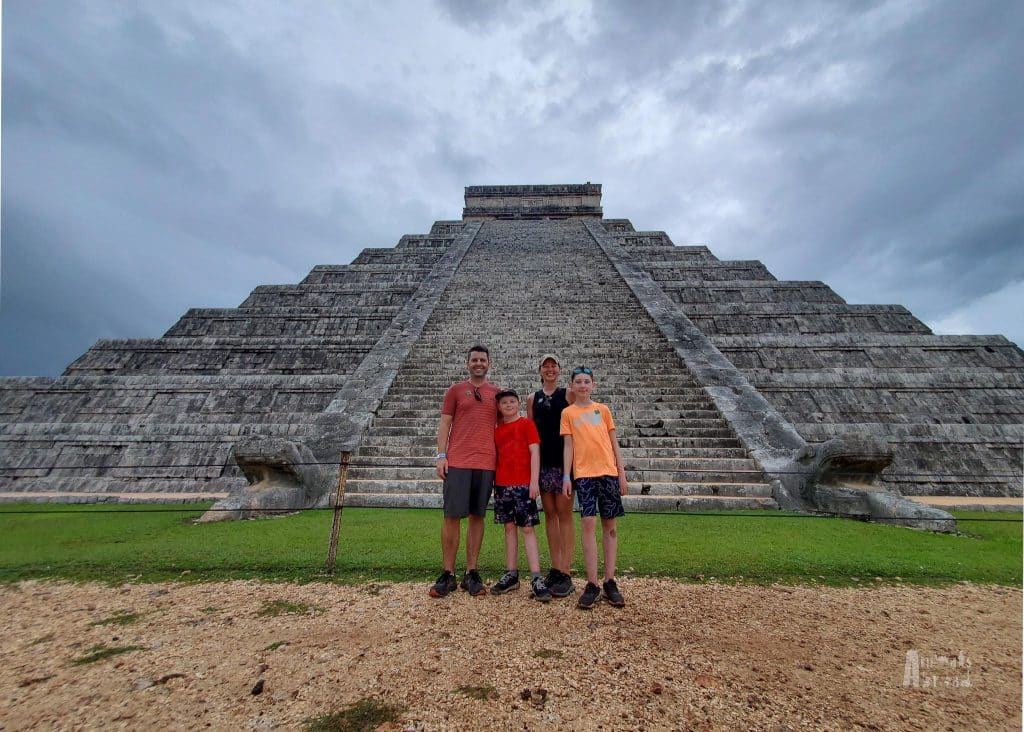
Ready to Explore Mexico?
Check out these related posts to help plan your trip:
• Cancun Whale Shark Adventure with Kids: Know Before You Go
• Exploring the Mayan Ruins of the Yucatán Peninsula: Tulum and Cobá
• Two-Day Cozumel Itinerary with Kids

